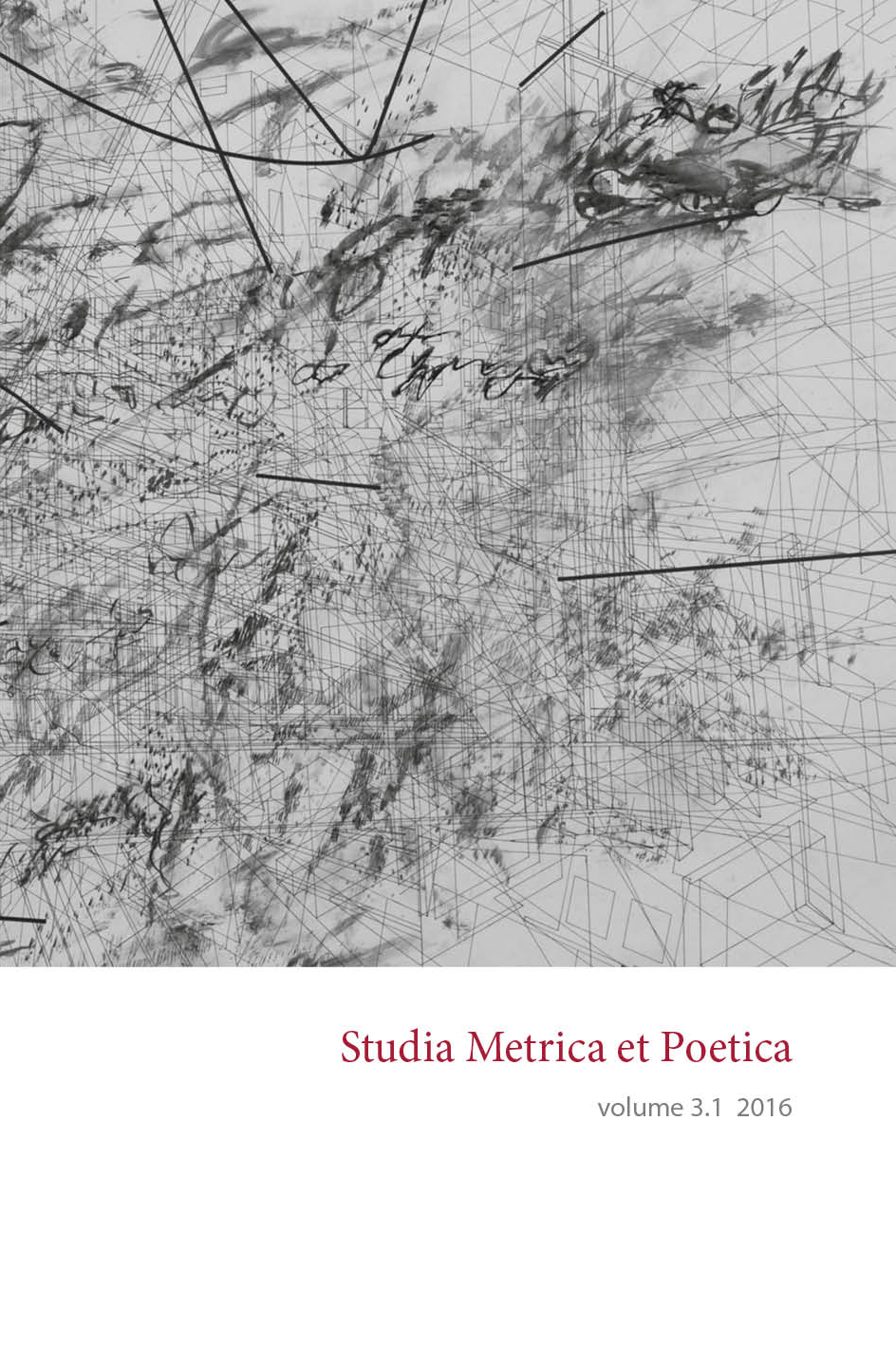End-weight effects in verse and language
DOI:
https://doi.org/10.12697/smp.2016.3.1.01Keywords:
weight, prosody, stanzaAbstract
Weight ordering preferences appear to function in opposite directions in verse and language. While linguistic expressions, in both syntax and phonology, typically display a “long-last” effect (Cooper and Ross 1975), stanza forms often show the the opposite, “short-last” structure.
This effect has been called “saliency” in previous literature (Hayes and MacEachern 1996; Kiparsky 2006). In this paper I address this apparent discrepancy between the behaviour of verse and language. I argue that “saliency” is not a primitive in the theory, but can be derived from more basic mechanisms that allow grouping structure to be signalled, and show that “short-last” structures are optimal under the conditions of metrical verse that possesses parallelism.


